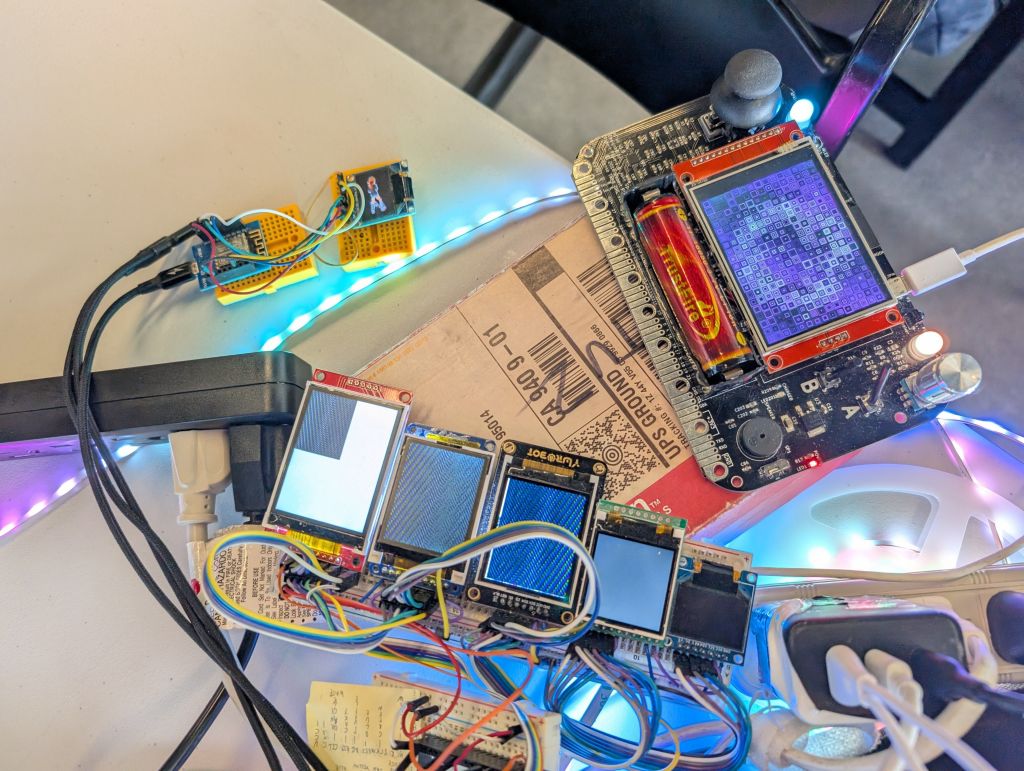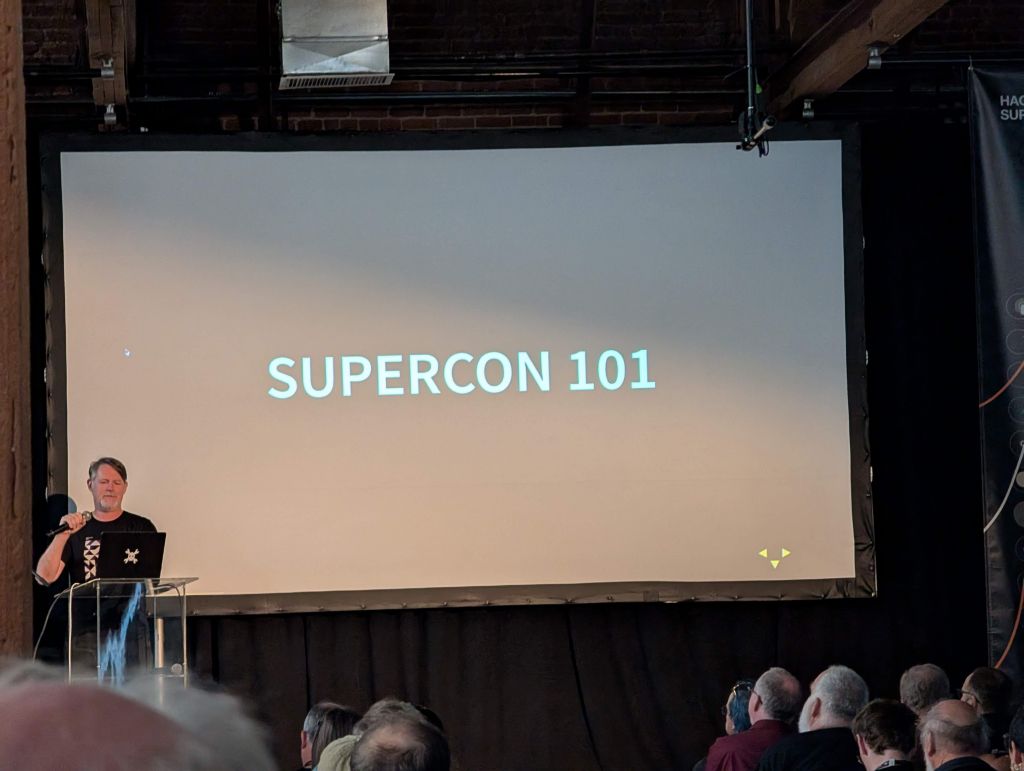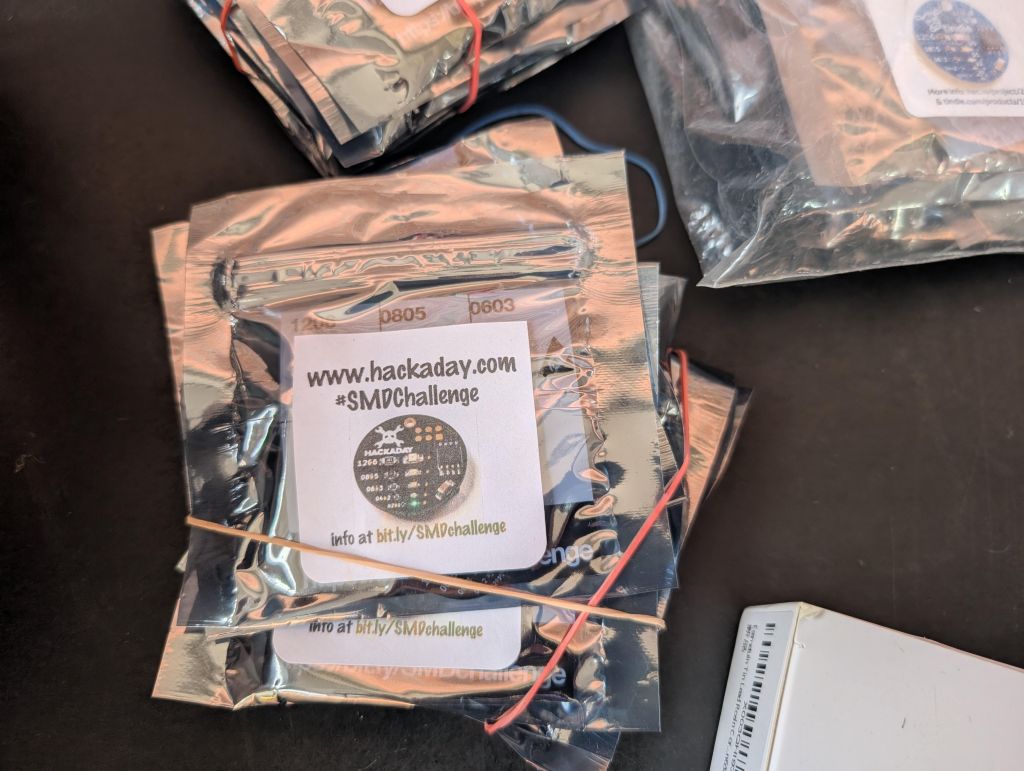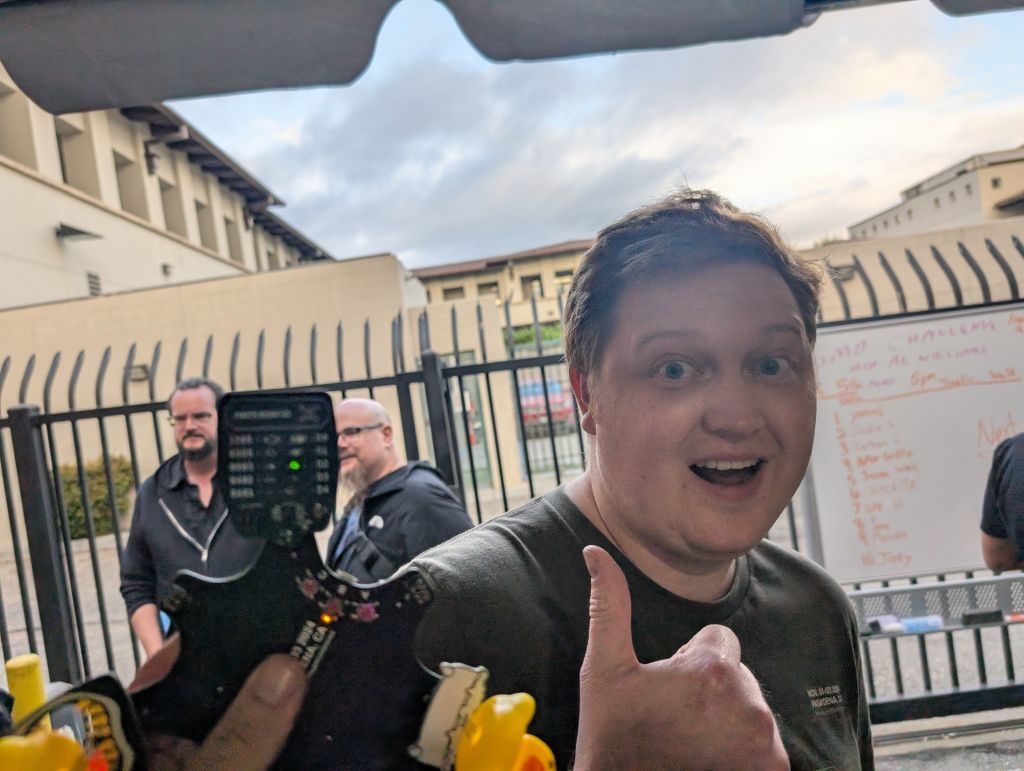This is our second year at Queen Mary, you can read last year's report for Queen Mary vs NOS where DS used to be before that
And if you wanted to compare with DS at QM vs DS at NOS, you can go read this Dreamstate Socal 2022.
If you like this report, and want to see others/future ones, you can go on these pages:
For IG, all the stories are here:
Also here:
The Grounds: Long Beach by Queen Mary
Passport (for insomniac event subscribers) was back:

Passport was actually the 6th stage with a secret lineup for both days
Dream VIP lost the covered area, but still had nice booths:
Lots of booths:

this time offered heli rides from not somewhere not that far. I'm not sure if they saved any time or were worth it. Please leave comments in the links at the top of this page if you used them
The Void: Still Across the a street, not that easy to get to
Getting to void was the same as last year (and by that I mean inconvenient and 'too far'), although the tunnel was prettier;

tunnel to get back, people said it felt slippery and tough to climb when you were tired and altered
So, before people accuse of me #firstworldproblems, the tunel and bridge were a real mental "too far" thing that many reported to me, and that I felt myself.
Some different art this year:
Views from the boat, were great:
And if you were wondering about sound inside the boat, it depends where your room is, but there you go:
Nice to see the venue late at night/early morning:
People
As always, a big part of what makes US insomniac events so much fun is the people who are part of the party.

it was nice and sunny during the day (until it got very cold just hours later)

Props to Jose, barefoot photographer for all his shots

and also Thorgodofbass, our favorite videographer
More fun at night, as always:
And of course, fun totems:
So, due to my LED outfit and the tech I carry/wear, things break but I'm also a McGuyver, so I carry spares and repair tools. Funny thing was a totem that got damaged, the owner asked me "I heard you have a soldering iron", and I had to reply "I'm sorry, I don't have one, I have two" :)
We took some Trancefamily pictures:
Big props to the insomniac entertainers, always adding to the party:

oh no, they didn't have batteries for their lights this year ;)
Thanks for taking pictures with us:
Also shout out to ground control:
As always, it's a great opportunity to meet DJs:

Fadi after his wonderful set in the rain

OMG, got to meet Judge Jules from the Essential Mixes I used to listen to in early 2000s from napster

Sean Tyas, having such a great time

Also great to see Alex Morph again
Day 1

DS opened a bit late on the first day, Queen with Mr Brooks was a bit empty

Armnin was next (which sadly meant missing Blastoyx b2b Infected Mushroom, my biggest regret of the night)

thank you for adding the lasers
Day 1 Summary Video:
Day 1: Queen Mary Afterparty
And that was it for Day 1, headed back to hotel around 04:00
So if anyone wonders, lots of lights means lots of batteries and things to charge every night:

new bigger 1S lipo batteries for my hat
Ah yes, and did I mention re-soldering broken LEDs, and hot glue gun? :)
Day 2
Back for Day #2, it was hard to be there at 13:00 ;)

thankfully made it to Khromata

Also got to see my friend Triode
Aly and Fila in the light rain, was majestic:
So much joy to enjoy Ferry Corsten - Gouryella, again:

the super tall flags were annoying, they messed up a lot of my pictures

finished the night with Above and Beyond
Above and Beyond:
Day 2: Queen Mary Afterparty
After 01:00, it was time to migrate to the boat:Finished the night with Ferry Corsten, who even finished his set with some drum and bass ;)
Day 2 Summary Video:
Weather concerns with QM vs NOS
So, I am biased and I still prefer NOS once you're inside the venue (San Bernardino is not great, but once you're inside NOS, it's real wonderland), but the weather aspect is a concern for QM. Both years, QM had rain, NOS did not. NOS is inland in a somewhat arid area, QM is by the water, and even when it wasn't raining, everything was kind of wet due to dew (very high water concentration in the air that would condense on chairs and so forth).

this is what I meant, by dew, almost fog to the ground
So, the relentless light rain that fell mostly all day on day #2, made the lasers on dream look dreamy indeed, but at the same time I was soaked by the end of the day, and my gopro literally had water inside and was barely rescued after several days in rice. Water and electricity aren't friends, this can't be easy on all the gear (although I didn't see anything that failed due to water).
The rain was manageable this year, but I need to state again that last year got pissing rain in the middle of the night while we were on the boat party, and if that rain had been just a few hours earlier, it would have ruined the event. This just makes me nervous, Interstellar was entirely cancelled for freak weather, I honestly would prefer for DS to be back at NOS, if only for the more reliable weather.
If DS is to stay at QM, I hope Insomniac plans for full covered spaces to deal with heavy rain if it happens. Of course, this is already present at NOS for 3 out of the 4 stages (2 with megastructures and one indoors)
Aftermath and Conclusion: Should this not be 3 days and with a bit more sleep?
Haha, I just realized this is the same thing I wrote last year. Since last year was too much music with 4 stages and music from 17:00 to 01:00 and then until 06:00 on the boat, Insomniac heard this, and fixed it by:

like last year, the long days created casualties :)
So yeah, suck it up people and your FOMO, here's even more music you won't all be able to see and even less sleep, haha :)
It was literally 34h of music, which is usually what you get from a 3 day festival with 3 to 5 stages, a lot indeed. I would personally still prefer 3 shorter days to have more of a chance to see more artists and not miss as much (especially for all the sets that were not recorded), but it is #firstworldproblems :)
The afterparty on the boat helped seeing some artists if you had missed them during the day, but even then it was 3 stages that were not that close from one another, and honestly how stayed up until 06:00 both nights while having started at 13:00? I barely made it for the first sets on the 2nd day :)
For completeness, I did a survey, got 580 responses, and about half the people would like 3 days at QM instead of 2. That's a lot, but not the majority, just half
While I was at it, I also asked about QM vs NOS, and while many people like me prefer NOS for the better footprint, the megastructures, and so forth, more people prefered QM for being closer to them (traffic in LA), and feeling safer outside.
Notes / Thoughts for this year:
I still wish we could use the passenger terminal dome, looks like a sweet venue:
Should you go? Would I go Back?
As parting words, I made a summary video of over 100 Instagram Stories I took during the event, enjoy:
So much fun, 'till next time:




























































































































































































































